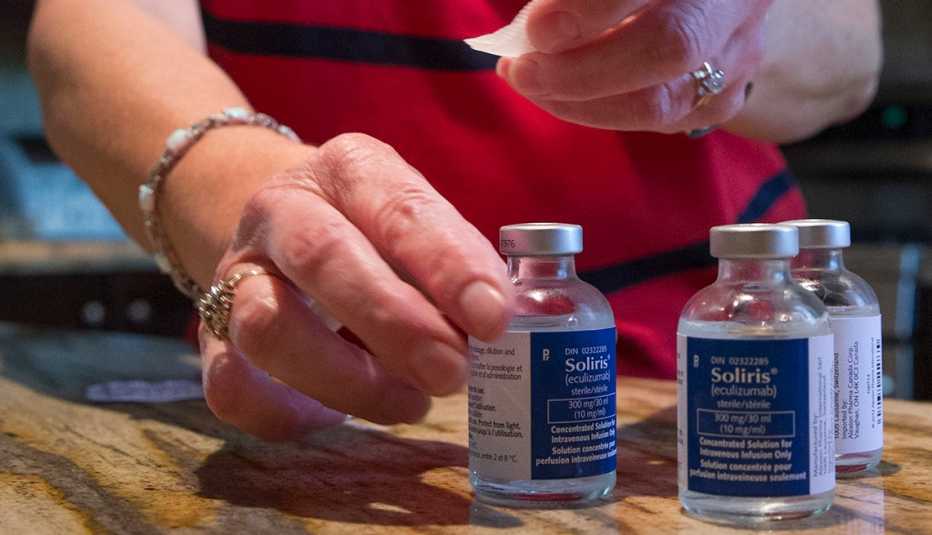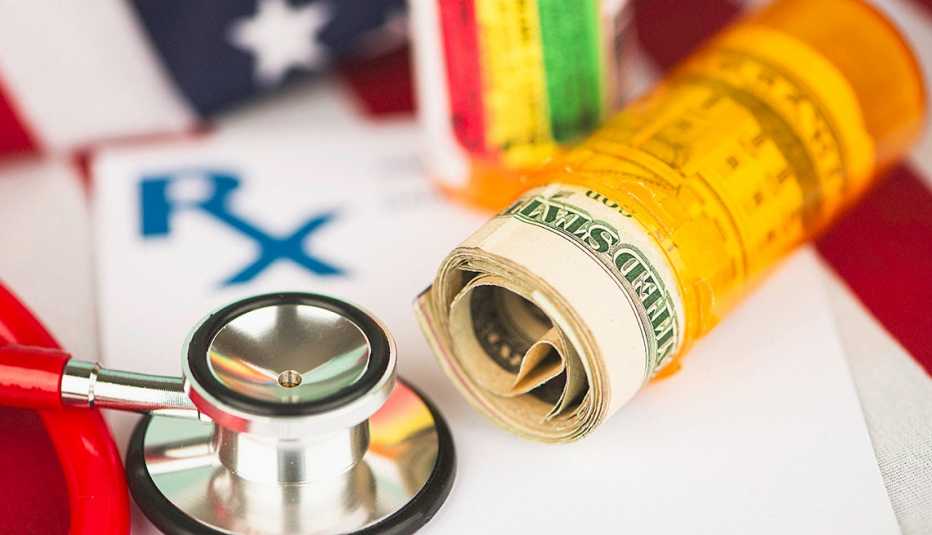Staying Fit
Prescription-drug price increases among 7 of 10 top-selling medications cost the U.S. health care system almost $1.7 billion in 2020, according to a recent report from the Institute for Clinical and Economic Review.


AARP Membership— $12 for your first year when you sign up for Automatic Renewal
Get instant access to members-only products and hundreds of discounts, a free second membership, and a subscription to AARP the Magazine.
The institute looked at 10 of the top 250 best-selling prescription drugs last year and found that 7 of the 10 price hikes did not come because the effectiveness of these medications increased. The report called these price increases "unsupported."
One drug — Humira, used for severe Crohn’s disease — alone accounted for $1.4 billion of the $1.67 billion increase in U.S. drug spending.
While many brand-name drugs continue to hit the market with very high prices, the yearly price increases have moderated, the institute found. "However, there remain many high-cost brand drugs that continue to experience annual price hikes," David Rind, the institute's chief medical officer said in a statement. "The most extreme of these is Humira, with an ever-escalating U.S. price that contrasts starkly to its falling price in every country where Humira faces biosimilar competition." Biosimilars are generic alternatives to biologic medications.
Here's a look at the seven medications the institute analyzed. The costs to the U.S. health care system were calculated after accounting for pharmaceutical company rebates and other discounts.



































































